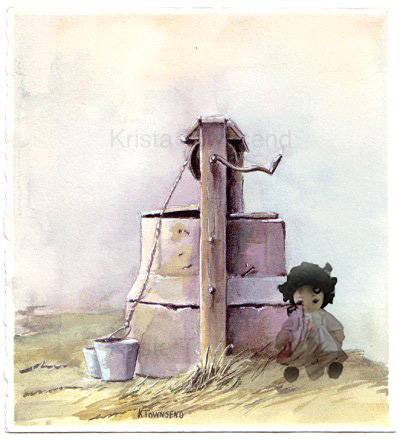Yahoo! News
What are howitzers? A look at the cannons in latest U.S. military aid to Ukraine
Niamh Cavanagh, Producer – April 22, 2022
LONDON — The first shipments of the Biden administration’s $800 million military aid package have arrived in Ukraine. Included among the first round of weapons are 18 155 mm howitzers, in addition to another 72 cannons that were announced this week. The howitzers heading to Ukraine will have a “significant” impact on Ukrainian firepower, according to a senior U.S. defense official, as the war with Russia enters its third month.
What is a howitzer?
A howitzer is a short cannon, placed at a steep angle of descent, used to fire at relatively high trajectories. The cannons can fire up to four rounds per minute, according to the U.S. Army. The weapons can be traced back to the 15th century when similar models were used by the Czechs and were known as “houfnice” cannons. Since World War I, the word “howitzer” has been used to describe these weapons.
How many are the U.S. sending to Ukraine?
The Department of Defense confirmed that 18 155 mm howitzers would be sent to Ukraine as part of the $800 million in military aid. In a second $800 million military aid package, announced by Biden on Thursday, an additional 72 howitzers, 72 tactical vehicles to tow the cannons and 144,000 rounds will be sent to Ukraine. The weapons are from U.S. Army and Marine Corps stocks.
A senior U.S. defense official told reporters on Wednesday that howitzer rounds, ammunition for the cannons, arrived in Europe on Tuesday to be sent to Ukraine. The official added that more were arriving on Wednesday and in the “coming days.”
Will Ukrainians be trained to use them?
Training of Ukrainian soldiers on how to use the howitzers — expected to last about a week — “has begun,” a defense official said this week. The official declined to say where the training was taking place, but said it was not in Ukraine. “This is training the trainers,” the official told the Washington Examiner. “It’s a smallish number of Ukrainians, a little bit more than 50.”
Pentagon spokesman John Kirby told the Military Times on April 14 that there were no more plans to deploy U.S. troops to handle the training and instead, the trainees will return home to train other soldiers.
Why send howitzers?
The U.S. sent howitzers after Ukrainian officials asked for artillery. It is believed the cannons will play a significant role in Russia’s new battle for the Donbas region, which consists of flat, rolling plains, a defense official told Stars and Stripes. “We knew from talking to Ukrainians that artillery was going to be a critical need because of the way the terrain lays,” the official said. “And so we saw early on the Russians were moving artillery [for the battle in the Donbas].”
Meanwhile, the Pentagon spokesman reiterated on Thursday that sending the assistance has been in full “consultation” with Ukraine, and that the weapons sent by the U.S. “provide enough artillery now to equip five battalions for Ukraine for potential use in the Donbas.”
“I want to stress again that what we’re providing is done in full consultation with the Ukrainians and that they believe that these systems will be helpful to them in the fight,” Kirby said. “Where and when they employ them and how they employ them is, of course, up to them.”
